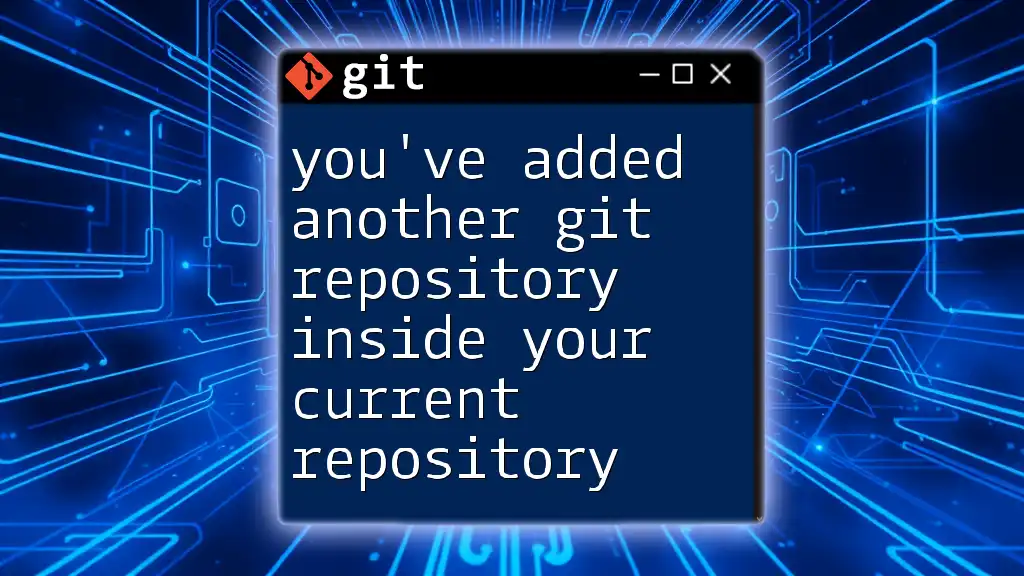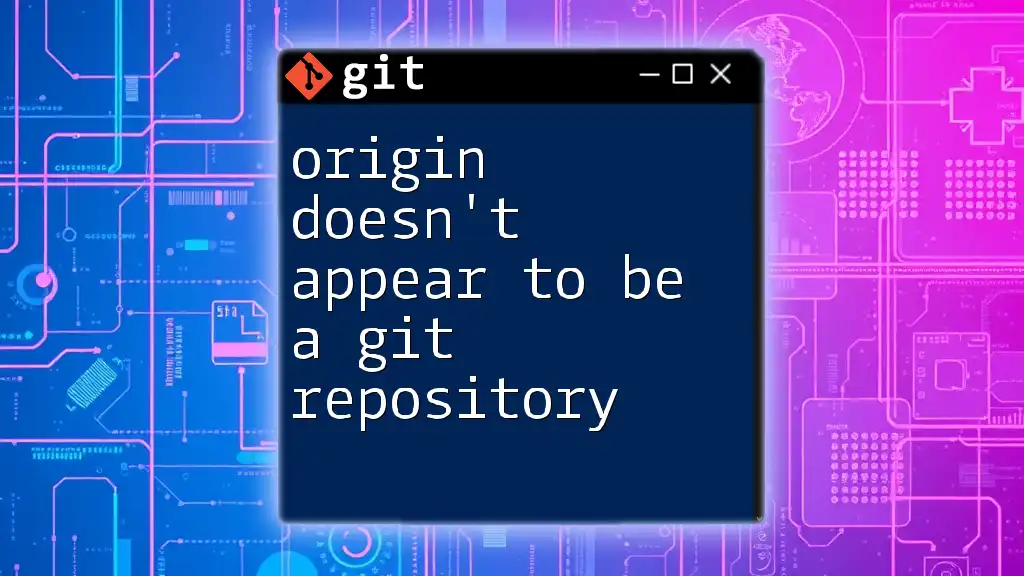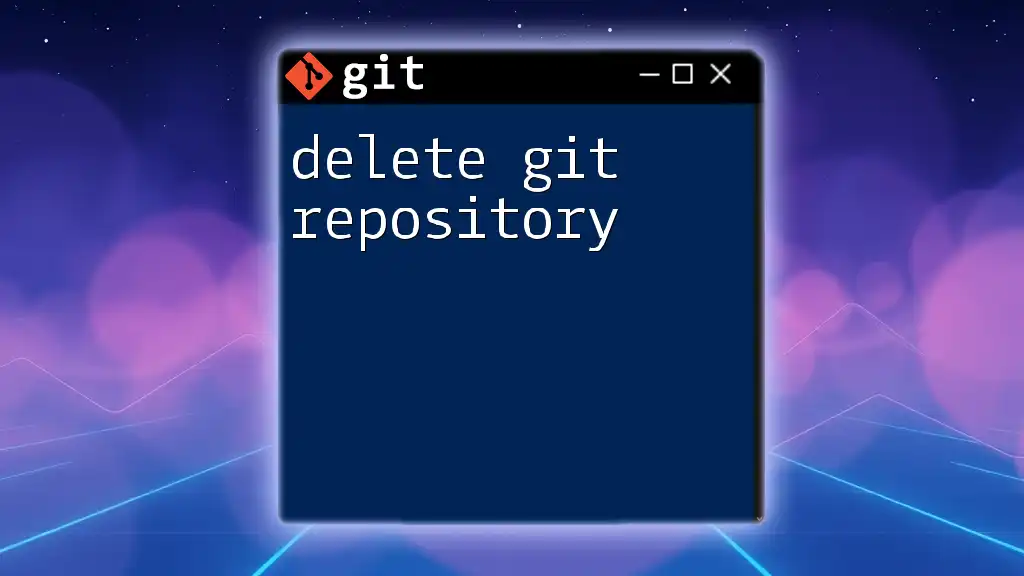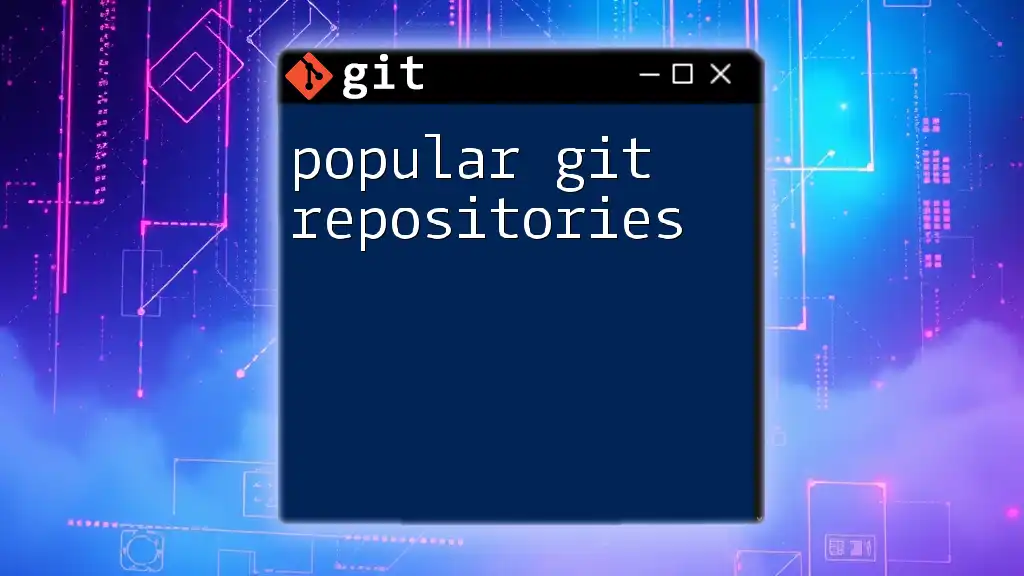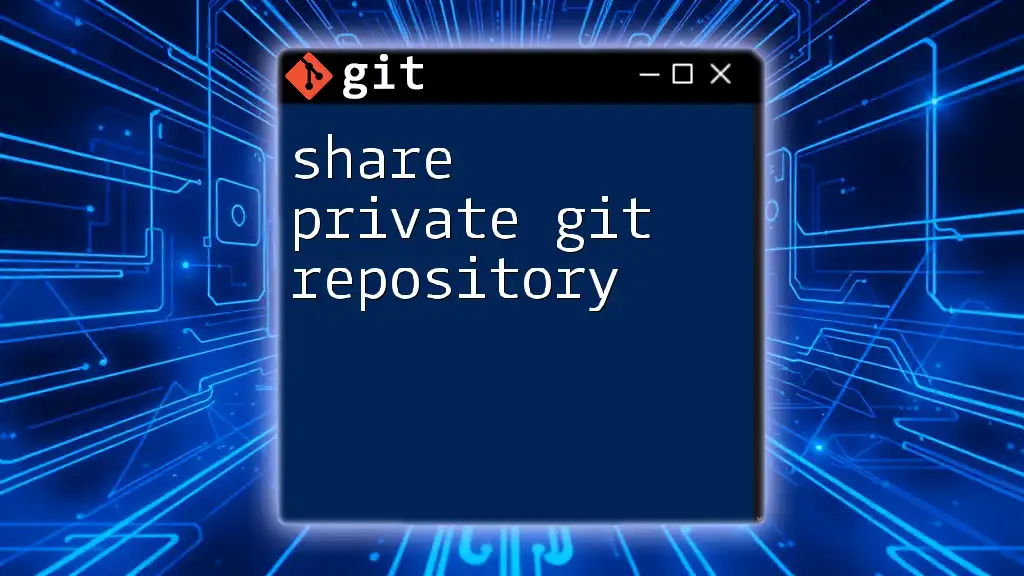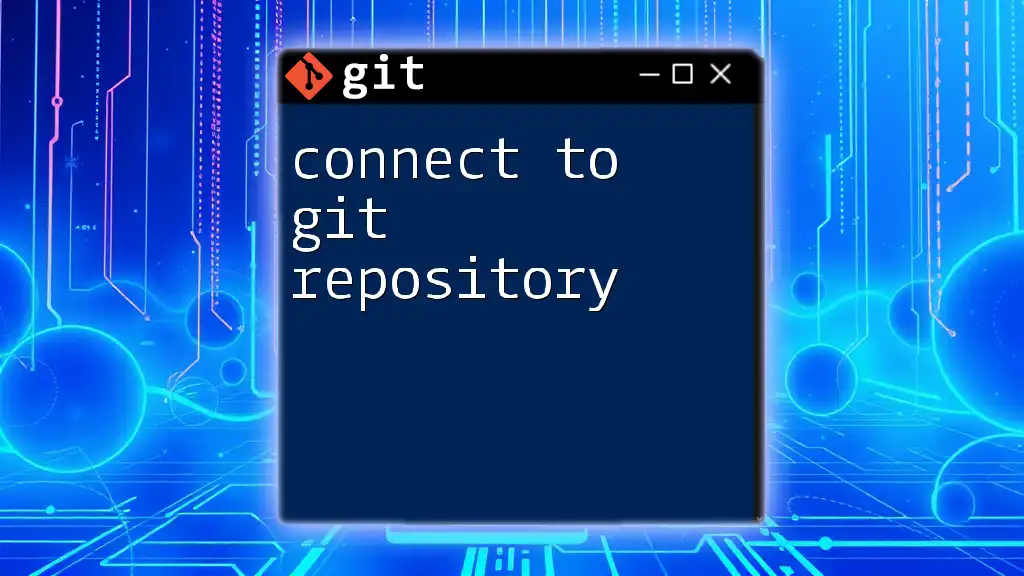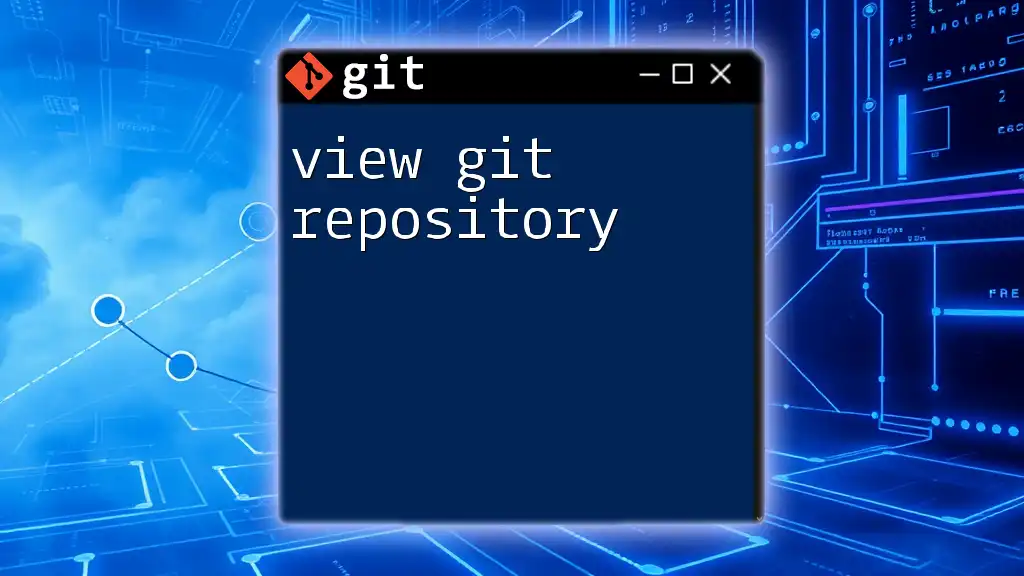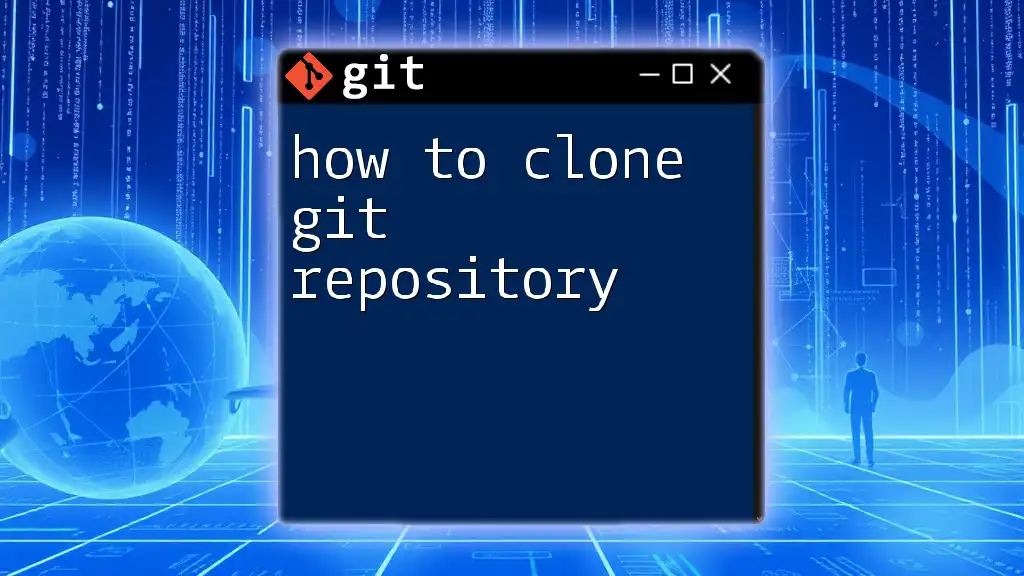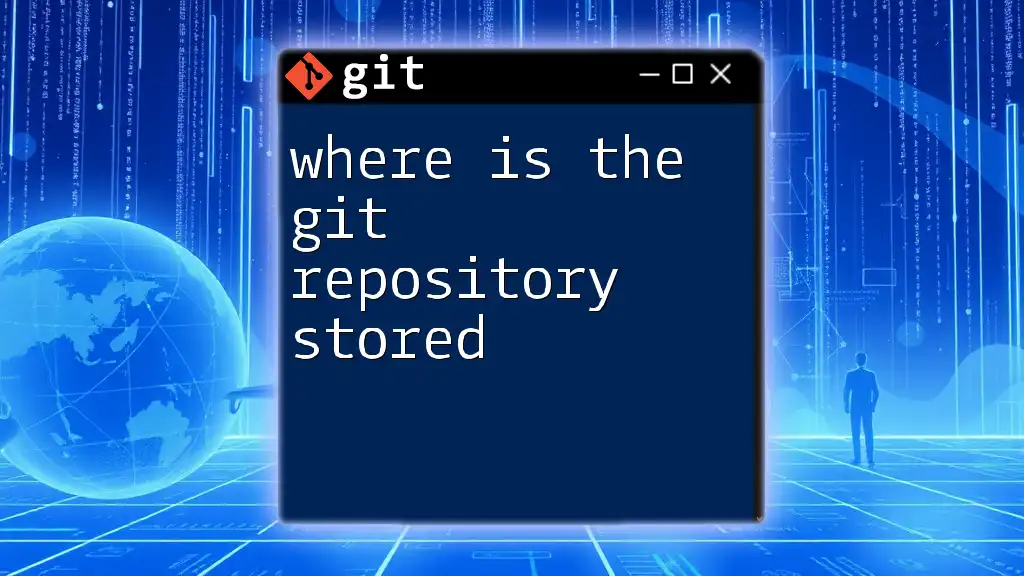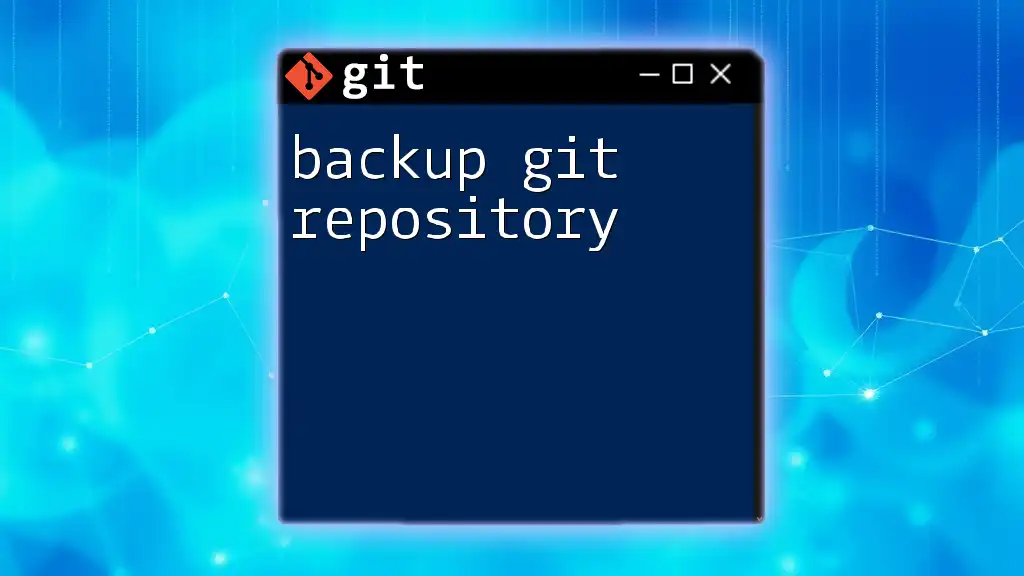When you add another git repository inside your current repository (a situation often referred to as a "submodule"), it can lead to nested version control issues, so be sure to manage it properly.
Here's how to add a submodule:
git submodule add https://github.com/example/repo.git path/to/submodule
Understanding Nested Repositories
What Is a Nested Git Repository?
A nested Git repository occurs when one Git repository is located inside another Git repository. This situation often arises during the organization of multiple related projects or the need to manage certain dependencies separately. The concept of repository hierarchy allows for different projects to coexist in a parent-child relationship, thus enabling developers to structure their work efficiently.
Why Would You Want to Use a Nested Repository?
There are several scenarios in which nesting repositories may be beneficial:
-
Multi-project management: If a project is made up of several components that can function independently, using nested repositories helps keep them organized, allowing for clearer version control and separation of concerns.
-
Keeping dependencies separate: In cases where projects rely on external libraries or modules, nesting these as separate repositories helps manage versions and updates without affecting the main project.
-
Collaboration with other repositories: Nested repositories enable easier collaboration among different teams or contributors who may be responsible for various sections of a larger project.
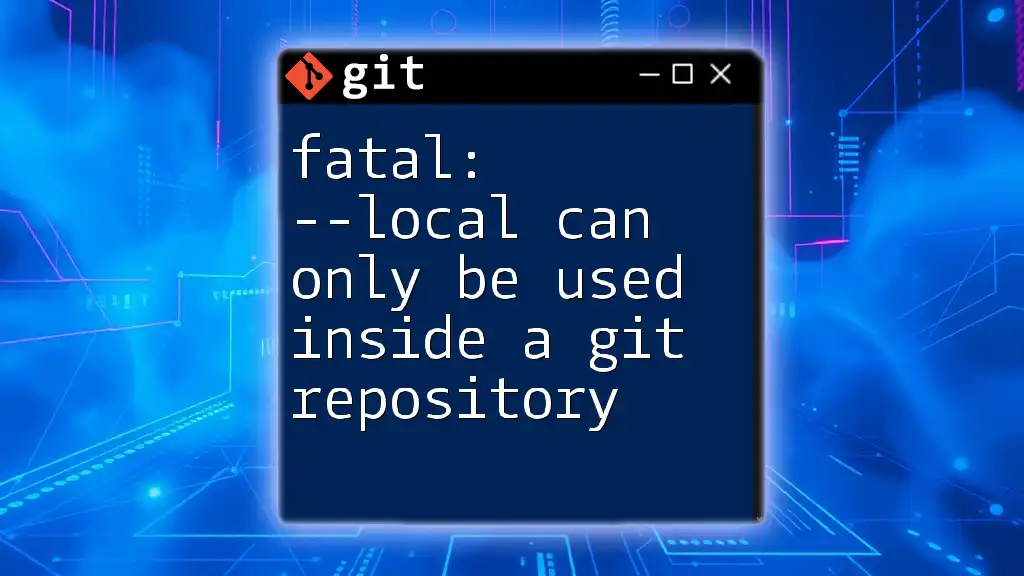
Common Issues with Nested Repositories
Confusion in Version Control
Adding another Git repository inside your current repository can lead to confusion in version control. When you make changes in a nested repository without understanding its hierarchical nature, you may lose track of what versions are being used where. This can lead to dependency issues when one part of your project relies on a particular version of another without clear documentation or tracking.
For example, if a sub-project within a nested repository is updated, you may inadvertently reference an outdated version from the parent repository if not managed properly.
Git Misunderstandings
Overview of Submodules vs. Nested Repositories
While adding a nested repository might seem like a good solution, many developers confuse it with Git submodules. A submodule is a special repository that acts as a reference to another repository. Understanding this distinction is crucial, as submodules are designed to manage dependencies more cleanly than outright nesting.
When you utilize submodules, you benefit from precise version control and better integration with the main repository, while nested repositories can lead to messy directory structures and complex version histories.
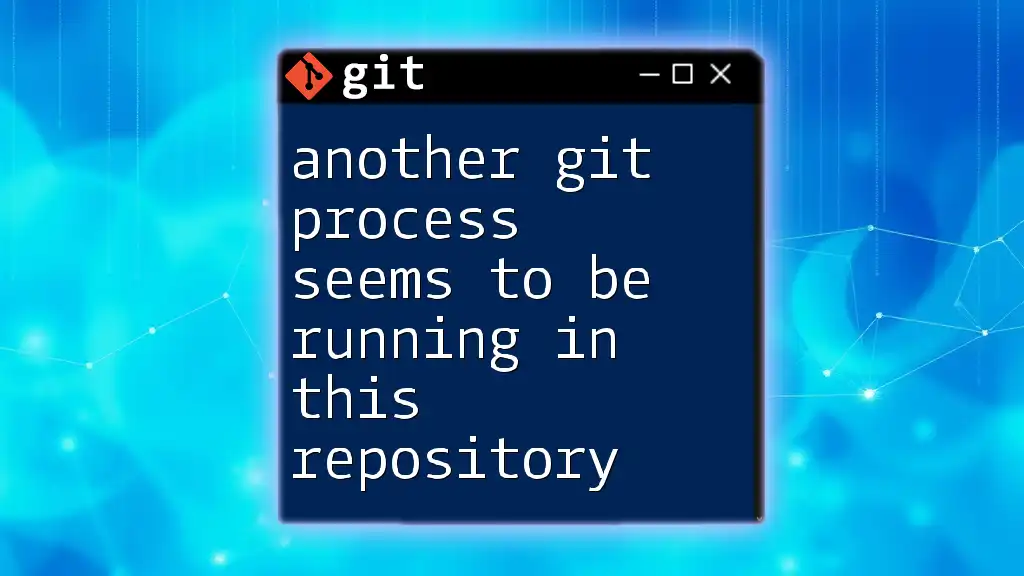
Managing Nested Repositories
Identifying Nested Repositories
To manage your repositories effectively, you first need to identify whether you've added another git repository inside your current repository. You can check for nested repositories by running:
git status
If you see paths that belong to another Git repository, like a `.git` directory, it indicates a nested repository. Understanding how paths interact within Git allows for better navigation and management of your project files.
Best Practices When Adding a Nested Repository
If you find it necessary to add a nested repository, consider the following best practices:
-
Use of .gitignore: Including a `.gitignore` file in the nested repository can prevent unnecessary files from being added to your main repository. This helps maintain clarity in tracking changes.
-
Structuring your repositories: Organize your repositories logically, ensuring that each component has a defined purpose. A well-structured repository will aid in both development and maintenance.
-
Avoiding unnecessary complications: If a nested repository can be integrated as a submodule, consider doing so instead. This helps prevent the confusion that often arises from incorrectly tracking multiple repositories.
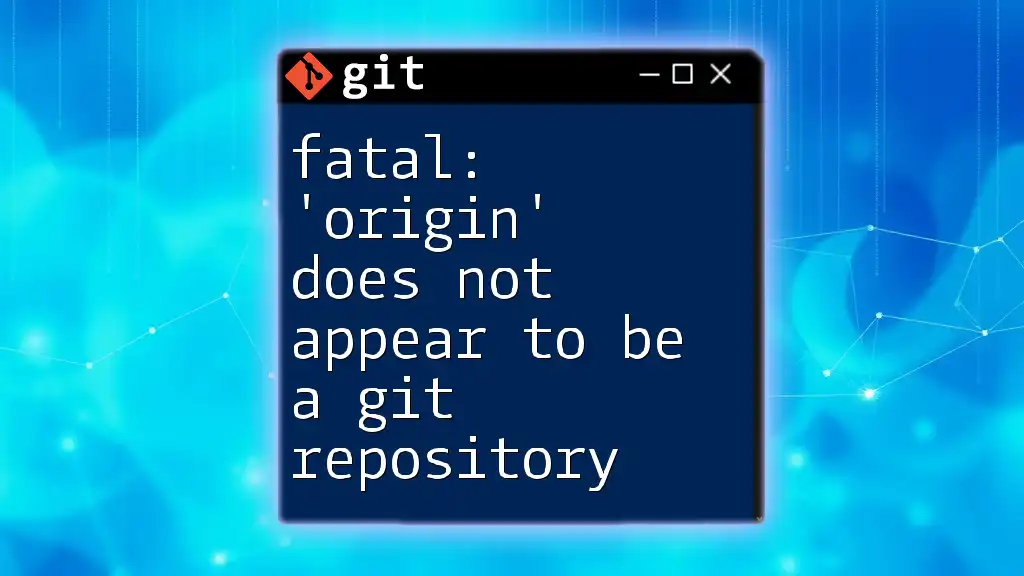
Working with Nested Repositories
Cloning a Repository with Nested Repositories
When you clone a repository that contains a nested repository, it’s essential to use the `--recursive` flag to ensure all subcomponents are included:
git clone --recursive <repository-url>
Using this command guarantees that not only the parent repository is cloned, but also its nested repositories. Omitting this step can lead to incomplete setups and further complications.
Checking Changes in a Nested Repository
Once you’ve navigated to a nested repository, you might want to check its status or switch branches. This can be easily accomplished with:
cd nested-repo
git status
This command shows you the current status of the nested repository's files. Being aware of what changes have been made here is crucial, especially when coordinating between multiple repositories to avoid conflicts or outdated dependencies.
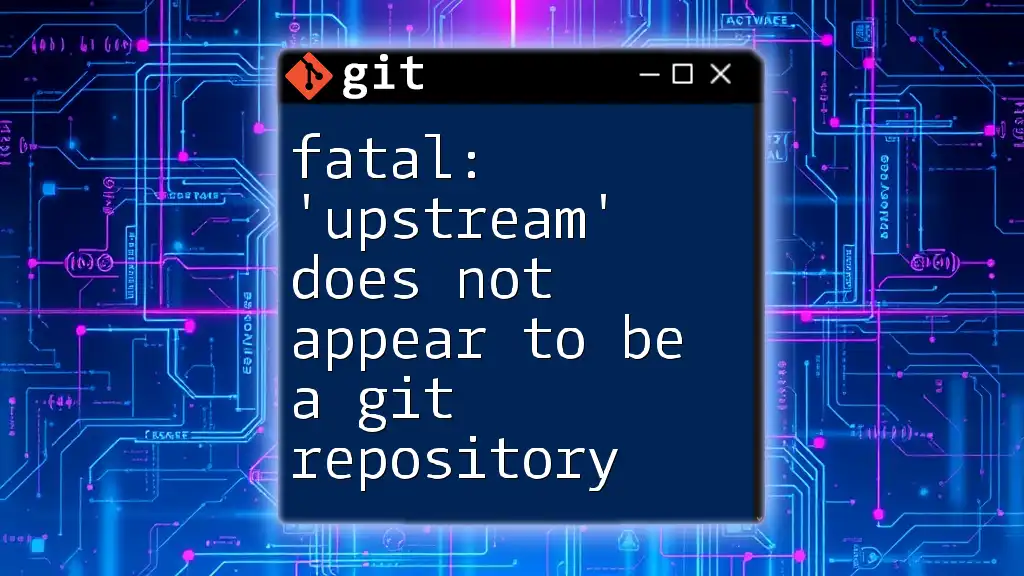
Using Git Submodules: The Better Approach
Introduction to Submodules
Git submodules provide a cleaner solution than nesting repositories. A submodule allows you to keep a Git repository as a subdirectory of another Git repository. This approach ensures that specific versions of the nested repositories are tracked independently.
Adding a Submodule
To add a submodule, you can execute the following command:
git submodule add <repository-url>
This command links the specified repository to your current project, creating a record in your main repository. Understanding this functionality is essential for good repository management.
Updating and Cloning Submodules
When it comes to updating the linked submodules, the necessary command is:
git submodule update --init --recursive
Running this command not only initializes your submodule but also ensures that you have the most recent version of the submodule tracked within your main repository. Regularly updating submodules helps maintain the integrity and synchronization of all parts of your project.
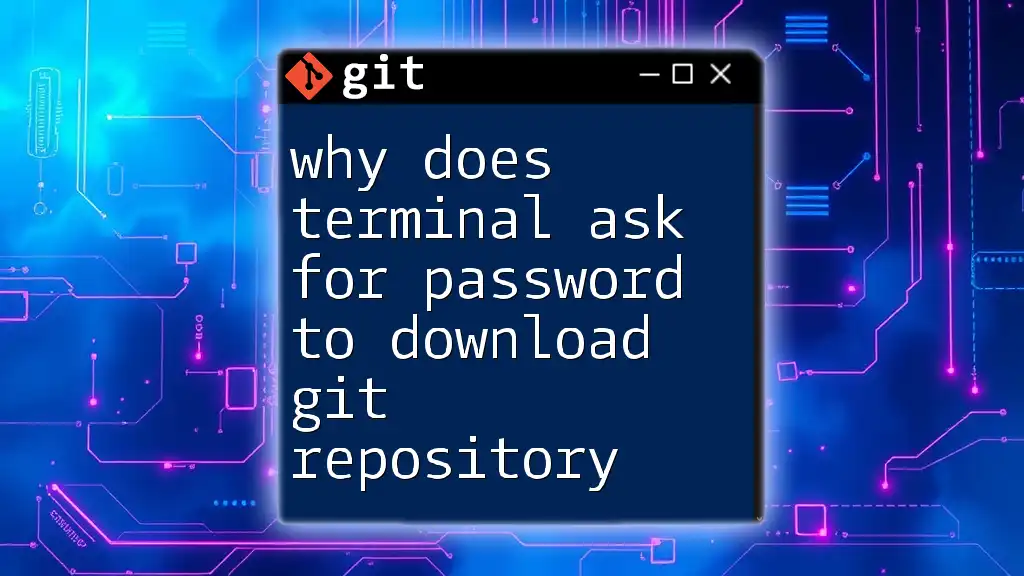
Conclusion
Managing nested repositories in Git requires careful consideration and an understanding of best practices. Mismanaging nested repositories can lead to version control confusion and hinder your workflow. By embracing the use of Git submodules where appropriate, you can streamline your project organization while avoiding common pitfalls associated with nesting repositories. Ultimately, a structured approach to your Git management will lead to smoother collaboration and improved development efficiency.

